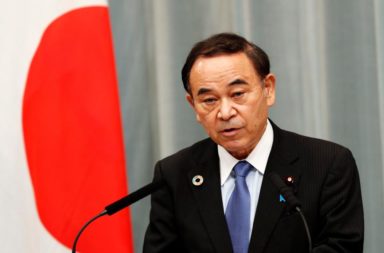A new report by the International Energy Agency (IEA) has stated that the already sluggish pace of global progress on energy efficiency is set to slow further this year as a result of the economic impacts of the COVID-19 crisis, deepening the challenge of reaching international energy and climate goals and making stronger government action critical. Global primary energy intensity – a key indicator of how efficiently the world’s economic activity uses energy – is expected to improve by less than 1% this year, the weakest rate since 2010, according to Energy Efficiency 2020, the latest edition the IEA’s annual update on efficiency trends. This is well below the level of progress needed to achieve the world’s shared goals for addressing climate change, reducing air pollution and increasing access to energy.
The construction industry, for example, witnessed a partial shift in energy demand from commercial to residential buildings. The COVID-19 pandemic, coupled with social distancing and teleworking, brought down the use of commercial buildings this year. Electricity use in residential buildings in the first half of 2020 grew by 20 per cent in some countries; it fell by around 10 per cent in commercial buildings, the report said. The increase in time spent at home was used to conduct activities that consumed energy, leading to significant and complex shifts in energy demand. In India, electricity demand rose as residential cooling loads increased, while in Europe, heating energy use contributed to 40 per cent higher electricity consumption in March and early April 2020.
The disappointing trends are being exacerbated by a plunge in investments in energy-efficient buildings, equipment and vehicles amid the economic crisis triggered by the pandemic, the report finds. Purchases of new cars, which are more efficient than older models, have slowed, while the construction of new, more efficient homes and other buildings is also expected to decelerate. In industry and commercial buildings, lower energy prices have extended payback periods for key efficiency measures by as much as 40%, reducing their attractiveness compared with other investments. Overall, investment in energy efficiency worldwide is on course to fall by 9% in 2020.
“We welcome plans by governments to boost spending on energy efficiency in response to the economic crisis, but what we have seen so far is uneven and far from enough,” IEA executive director Fatih Birol said. “Energy efficiency should be at the top of to-do lists for governments pursuing a sustainable recovery – it is a jobs machine, it gets economic activity going, it saves consumers money, it modernises vital infrastructure and it reduces emissions,” he added. “There’s no excuse not to put far more resources behind it,” Birol said.
Spending on efficiency-related stimulus measures announced by governments worldwide to date is set to generate almost 2 million full-time jobs between 2021 and 2023 according to IEA analysis. The IEA’s Sustainable Recovery Plan suggests further recovery efforts related to energy efficiency could create another 4 million jobs globally through enhanced public and private sector investment in buildings, transport, and industry. The report Energy Efficiency 2020 is the latest edition of the IEA’s annual update on global developments in energy efficiency, providing a comprehensive view on efficiency trends worldwide.





